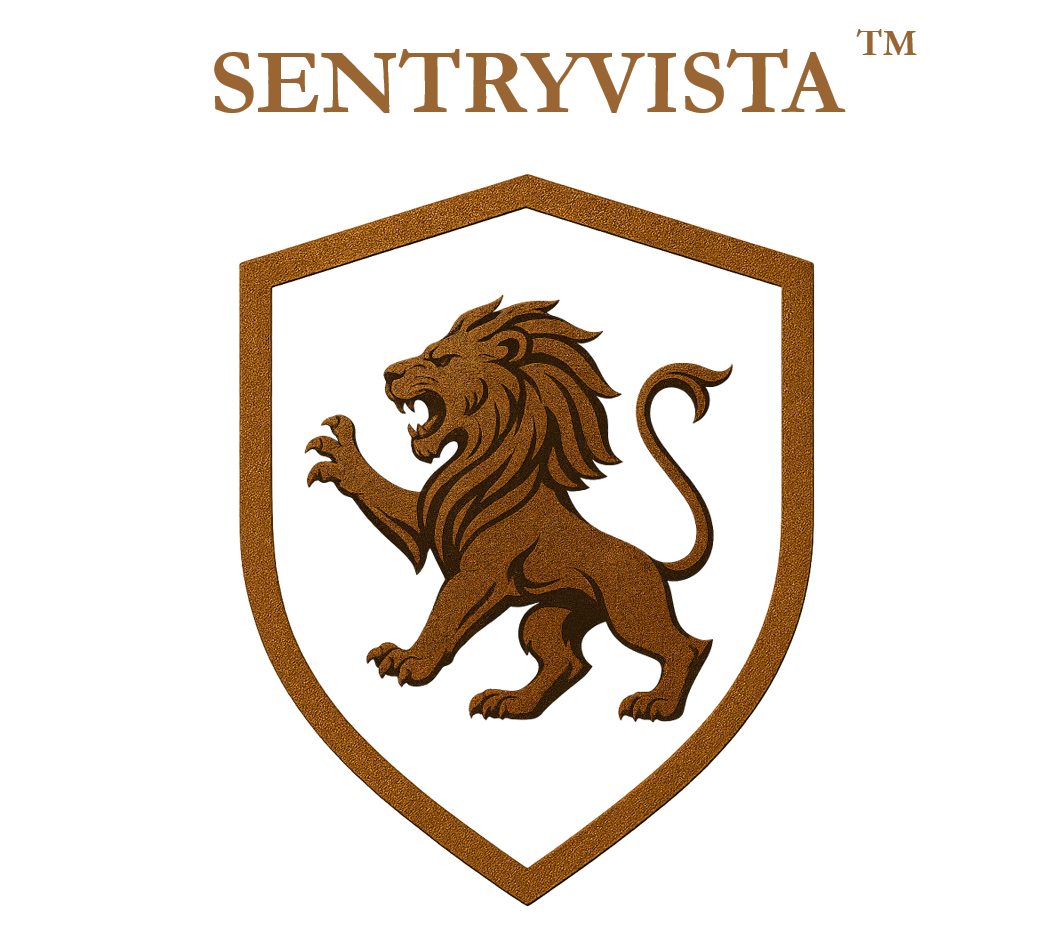The SentryVista Platform
An operating system for verifiable intelligence.
Core Architecture
Patent Pending
Trust-enforced autonomy operates on your hardware or our servers, ensuring policy compliance and AI survivability under degraded trust.
Details
Our patent pending policy-governed AI architecture (BASILAX) enables trust-enforced autonomy directly on your devices, private infrastructure, or secure hybrid cloud environments. Through composite trust governance, the system enforces policy lattice constraints while maintaining full operational autonomy. This eliminates reliance on external cloud providers for core AI functions, ensuring your data remains isolated and under your direct control. It is designed for survivability and performance even in disconnected or adversarial conditions, with on-device policy enforcement in D3 environments and From Creator Only model provenance for supply chain integrity.
Patent Pending
A fine-grained governance framework to enforce predefined operational rules.
Details
The Policy Lattice provides a robust, verifiable framework for AI governance. It allows you to define and enforce complex operational rules and ethical guidelines directly within the AI's execution path, ensuring compliant and controlled behavior across all modules and deployments. This provides an auditable trail of all AI decisions against established policies.
Patent Pending
Interlocking components for rapid adaptation and mission-specific configuration.
Details
SentryVista's architecture is built from independent, interlocking modules (like KALYTH, WYVERA, KHAELYN). This modularity allows for rapid adaptation to new requirements, seamless integration with existing systems, and the ability to deploy only the necessary components for specific missions, optimizing resource use and reducing attack surface.
Patent Pending
Full system functionality on-device, on-premises, or in a hybrid cloud.
Details
Whether you require full air-gapped operation on a tactical edge device, deployment within your secure on-premises data center, or a hybrid cloud setup, SentryVista adapts. This flexibility ensures operational continuity and data sovereignty regardless of connectivity or infrastructure constraints.
Patent Pending
Decentralized networking for contested environments. Enables autonomous failover and continuous clarity.
Commercial Edge: >95% operational uptime in degraded comms.
Details
Our resilient mesh networking capabilities ensure that SentryVista systems can operate effectively even when traditional communication channels are compromised or unavailable. This decentralized approach enables autonomous data sharing and decision-making among connected nodes, crucial for maintaining operational continuity in challenging environments.
Patent Pending
Provides actionable insights and recommendations at machine speed.
Details
SentryVista's autonomous capabilities deliver real-time insights and actionable recommendations, significantly reducing decision latency. This enables rapid response to evolving threats and dynamic situations, transforming raw data into decisive intelligence at the speed of operation.
Security & Trust
Patent Pending
Assumes breach and verifies every request, connection, and data packet.
Details
Every interaction within the SentryVista ecosystem is authenticated and authorized, regardless of origin. This granular verification minimizes the attack surface and prevents unauthorized access or lateral movement, even if a component is compromised.
Patent Pending
Cryptographically signed outputs ensure a transparent, auditable process.
Commercial Edge: Reduces audit & compliance validation time by 80%.
Details
All AI outputs and data packages are cryptographically signed, providing an immutable record of their origin and integrity. This ensures that every piece of intelligence can be traced back to its source and verified for authenticity, for compliance with standards like NIST and CMMC.
Patent Pending
Post-quantum cryptography protects data against future threats.
Details
SentryVista integrates advanced post-quantum cryptography (PQC) to secure all communications and data at rest. This proactive measure ensures that your sensitive information remains protected against decryption by future quantum computing capabilities, providing long-term security assurance.
Patent Pending
Hardware-level verification ensures system integrity from power-on.
Details
Every SentryVista system undergoes a secure boot process, verifying the integrity of hardware and software components from the moment of power-on. This prevents tampering and ensures that only trusted code is executed, establishing a robust chain of trust from the foundational layer.
Patent Pending
Ensures data remains under your control and within jurisdictional boundaries.
Details
SentryVista's architecture is designed to keep your data within your designated operational boundaries, whether on-device, on-premises, or within a private cloud. This ensures compliance with strict data residency and privacy regulations, giving you complete control over your sensitive information.
Patent Pending
Keeps human operators in control with clear oversight and intervention.
Commercial Edge: Reduces critical operator error by up to 60%.
Details
Our Human-AI Experience Layer (KHAELYN) ensures that AI systems augment, rather than replace, human decision-making. It provides intuitive interfaces, real-time cognitive load monitoring, and auditable intent tracing, allowing human operators to maintain ultimate control and oversight in critical situations.
